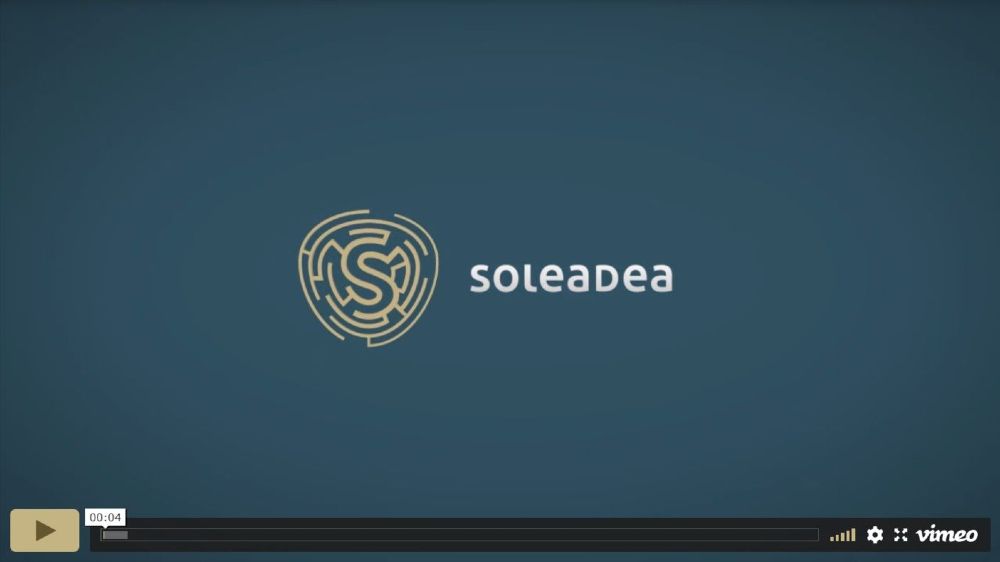Level 1 CFA® Exam:
Forward Commitments vs Contingent Claims
Derivatives can be divided into two categories:
- forward commitments and
- contingent claims.
A forward commitment is a legally binding agreement between two parties to perform certain actions in the future. The buyer of the contract agrees to purchase, and the seller of the contract – to sell an underlying asset at a specific time in the future at a price specified in the contract. In other words, this is a kind of a bet on what the value of the underlying asset (e.g. share, bond, index, interest rate, etc.) will be at the expiration date specified in the contract.
If in the future the price of the underlying asset is above the price specified in the contract, the buyer will make a profit, and if the price of the underlying asset is lower than the price given in the contract, the seller will make a profit. Forward contracts, futures and swaps are all examples of forward commitments.
Forward Contract
A forward contract is an agreement under which one party agrees to buy and the other party agrees to sell certain assets (e.g. stocks, commodities, currency, etc.) at a specific time in the future at a specified price. Both parties agree on terms and conditions of the transaction (including the type of the underlying asset, the price, the expiration date, etc.). This is why we call such instruments “tailor-made” or customized. Both parties to the contract are exposed to the risk that the other party may default on the contract.
Futures Contract
A futures contract is, what might be called, a variation of a forward contract as it works the same way. However, it has certain features that distinguish it from popular forwards. Futures contracts are actively traded on the secondary market where they are strictly regulated and supervised by a clearinghouse. Futures contracts are standardized and, as opposed to forwards, there is no risk of a party’s default (contracts are guaranteed by a clearinghouse).
Swap
A swap is an equivalent to a series of forward contracts.
The simplest swap is a contract in which one party agrees to pay a fixed interest rate, while the other pays a floating rate. Other underlying assets for swaps may include returns from stocks or currency.
Why enter into a swap? Imagine that you manage foreign exchange risk in a company producing household appliances. The company is both an importer and an exporter – it imports raw materials to make the appliances and it exports finished goods. As a result of various transactions you are exposed to the foreign exchange risk. It would be good to know the future exchange rates. This is when you can use swaps – they allow you to determine the exchange rate at which you will convert your expected future cash flows.
A contingent claim is a claim that depends on a specific event that occurs in the future. An option is an example of a contingent claim which depends on the price of an underlying asset – say a share – at a specific time in the future.
Option
There are two basic types of options:
- call options and
- put options.
Each option gives its owner (the buyer) a right, but not an obligation, to buy (in the case of a call option) or to sell (in the case of a put option) a specified quantity of an underlying asset at a specified price on a specified date in the future. The buyer can decide whether to exercise the option or not. If the buyer decides to exercise the option, the writer of the option (i.e. the seller) has a legal obligation to perform.
Example 1
Suppose you bought a call option on a share with an exercise price of USD 50. The option gives you a right, but not an obligation, to buy the share in the future at the price of USD 50.
(...)
Level 1 CFA Exam Takeaways for Forward Commitments & Contingent Claims
star content check off when done- Derivatives can be divided into 2 categories: forward commitments and contingent claims.
- A forward commitment is a legally binding agreement between two parties to perform certain actions in the future.
- Forward contracts are customized, whereas futures contracts are standardized.
- A swap is an equivalent to a series of forward contracts.
- A contingent claim is a claim that depends on a specific event that occurs in the future.
- The call option gives its owner a right to buy a certain amount of an underlying asset at a specified price at a specified date in the future, while a put option comes with a right to sell a specified amount of an underlying asset at a specific price at a specified date in the future.


